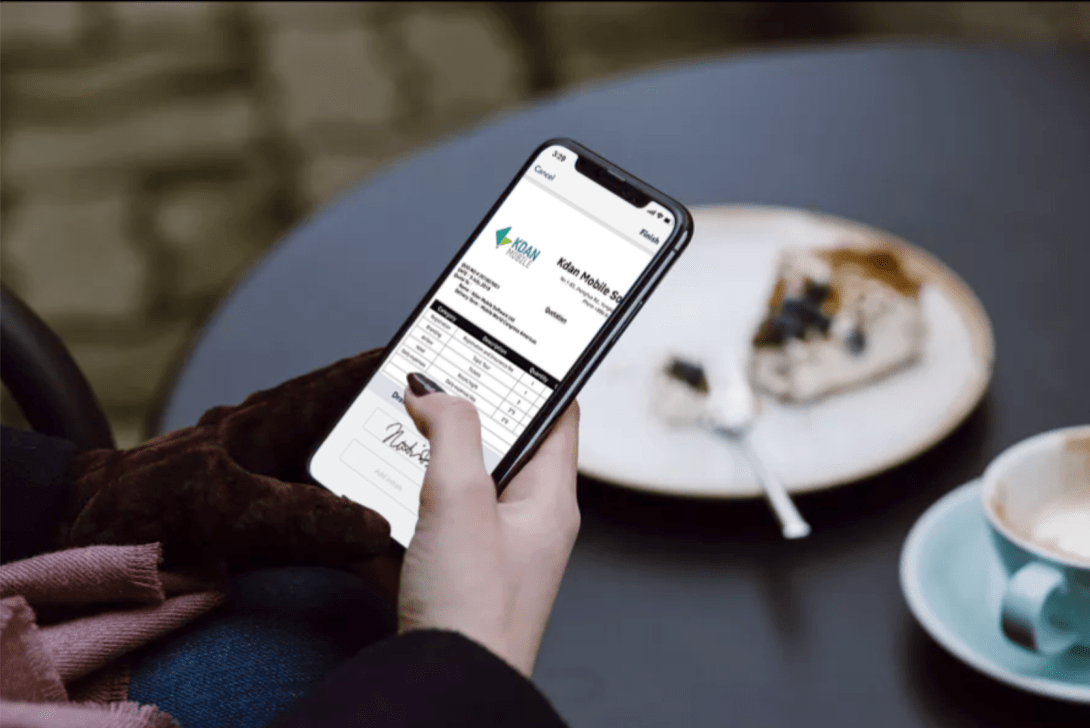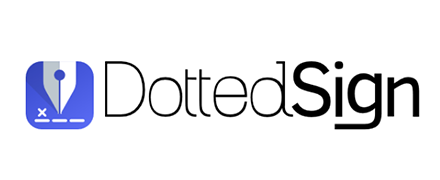The Future of Work Is Mobile – Here’s Everything That You Need to Know
When it comes to crystal gazing into the future of work, no topic garners as much attention as remote work. Everyone from politicians to your grandma is in on the conversation.
But there’s one important part of the remote work conversation that often gets left out:
We’re talking about workplace mobility.
We think that’s a shame because even as remote work becomes the new norm, embracing a mobile mindset is critical to making it work for both businesses and employees.

Here’s why the future of work is mobile:
THE BEST IDEAS DON’T ALWAYS STRIKE WHILST AT THE DESK
Have you ever sat down to work at your desk on something really involved like a report, only to find yourself staring at the blinking cursor of death?
Next time it happens, try taking a walk outside, or if your team’s up for it, try a walking meeting. When the ideas do come – and they’re usually fast and furious – it can be hard to get them all down when there’s no pen and paper available.
Much like drinking water from a fire hose.
You need right remote work software and mobile note taking tool to organize your tasks efficiently and to capture all those ideas while on the move. The Kdan team finds it so much more convenient when we use our very own NoteLedge app.
As more and more workers discover the power of simply breaking away from their desk routine, we see walking meetings becoming a mainstay of work. And employees with the best PDF and note-taking tools stand to gain the most in this new type of mobile work.
IT’S GETTING MORE DIFFICULT TO HIRE AND WORK UNDER THE SAME ROOF
The problems that businesses solve today look nothing like those from 20 years ago. The challenges are more complex and demand a more diverse team to tackle head-on. That means looking beyond city and even national borders to find the right people who can do the job.
But relocating them to work under the same office is becoming more impractical and costly as competition and rentals reach all-time highs.
That’s why many businesses are choosing to hire remote workers and manage their workflows with new mobile tools including Asana, Google Calendar, and Slack – all of which can work off a mobile device or laptop. With 53% of all workers polled in a CITO study feeling they’re more productive when they have their own devices in the workplace, opting for a mobile way of doing work should be a no-brainer for many companies.
But wait, you might object.
Those are just project management and scheduling tools – not hardcore documentation tools that we need a desktop to work from.
Well, thanks to new next-gen document tools, cumbersome and tedious business processes like contract signing and workflow task monitoring are now more streamlined than ever. Where contracts used to take ages to iron-out and wait for multiple parties to sign, now they’re done in a much shorter signing cycle and come complete with digital-audit trails.
And it’s all doable on both mobile and desktop OSs, making hiring and managing team members remotely a much more attractive option for many firms.

MOBILE BYOD SAVES MONEY
Productivity increases aside, going mobile with a BYOD policy could also save businesses a pretty penny. One study found companies stand to save an average of $350 per employee per year with a BYOD policy in place. Even better, using a reactive program can increase this savings to as much as $1,300 per year per employee.
The logic behind the numbers is simple.
Empowering employees to use their personal devices for work purposes saves companies from having to procure expensive office-only devices and software. There’s also the added benefit of less hassle.
IT departments no longer have to worry about OS compatibility issues if they choose a documentation or productivity suite that runs on all OSs. So even if their remote workers use different operating systems on their devices, everyone can still collaborate and work on a project using a single mobile tool.
This technology sync supports productivity at work while having a positive effect on the mental health of all employees.
Implementing a mobile BYOD policy starts to look even more attractive when you consider the possibilities presented by the booming co-working space. Soaring brick and mortar overhead costs are forcing businesses to rethink why they even need an office of their own.
With a mobile workforce, co-working spaces make more fiscal sense. It’s easy to find and book meeting rooms in the most convenient location for your local team in any of the thousands of co-working spaces mushrooming across the globe. Team-members can bring their own devices to the meeting, brainstorm, take notes, and make plans.
When the meeting ends, mobile convenience makes it possible to continue working seamlessly on the commute back home while the ideas are still fresh in everyone’s minds.
MILLENNIALS ARE MOBILE
One of the most potent reasons why the future of work is mobile is because it will be driven by millennials who are steeped in a mobile mindset. They value employers who understand work ethic and skill set does not depend on their ability to clock in and out at fixed times, at a fixed office.
Millennials also appreciate that with the right mobile document tools, there’s no reason to shackle themselves to a desk (whether at the office or at home). For them, a future where being able to take your devices anywhere with you and get serious work done is not just liberating, it’s the new norm.
Ready to ditch your dreary desk-space and unleash your team’s creativity with the best mobile content creation solutions available?
Get started with Kdan Mobile’s Creativity 365 today!
And if you have any thoughts on the future of mobile work, we’d love to hear them.
Share your comments below and get the conversation started.

